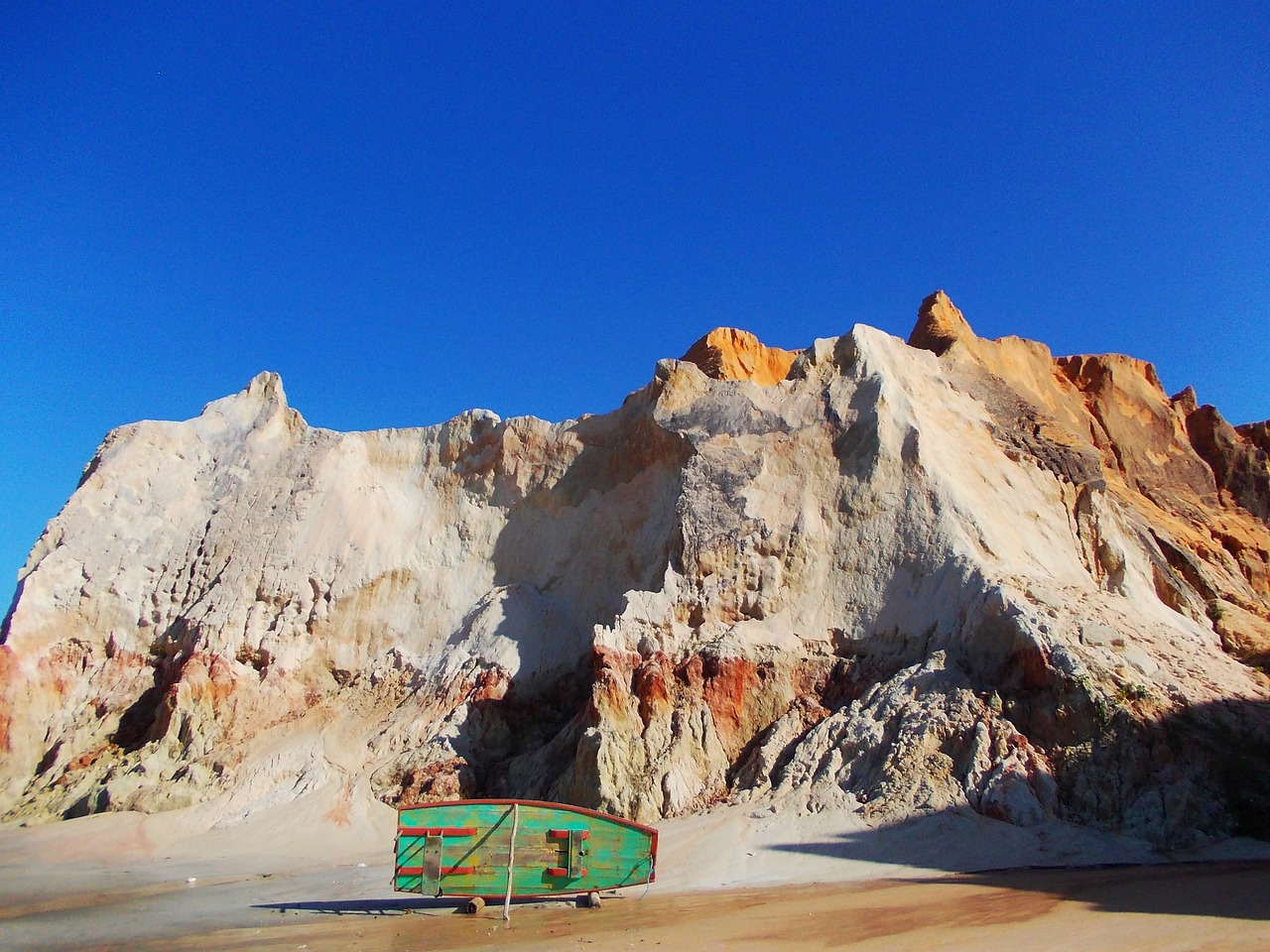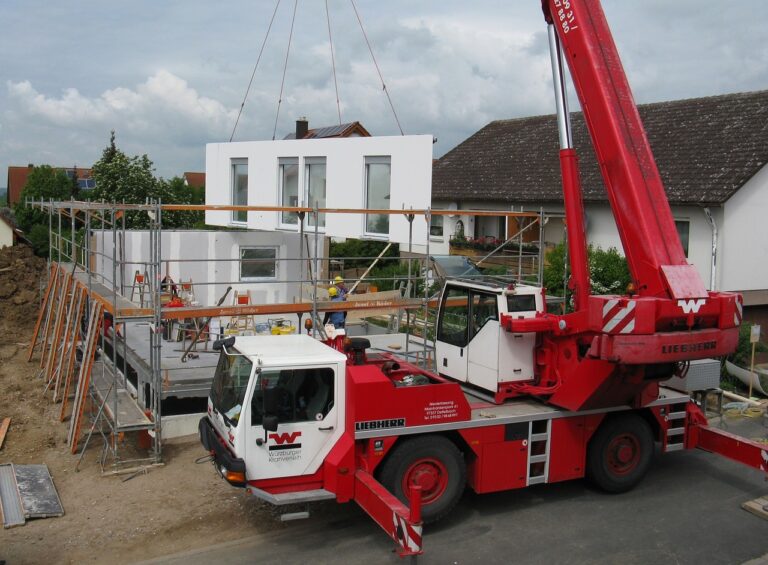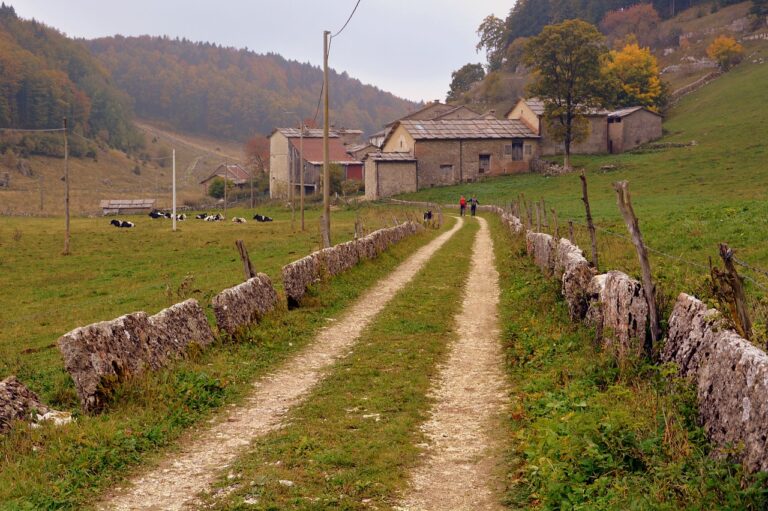Restoring Historical Pool Signage: Markers of Identity
goldbet login, tiger exchange login password, betbook247 login:Restoring Historical Pool Signage: Markers of Identity
Imagine walking into a historic pool, feeling the cool water against your skin, and noticing the beautifully crafted signage that greets you at the entrance. These signs are not just there for decoration; they are markers of identity, telling a story of the pool’s history and significance to the community.
Restoring these historical pool signs is not just about preserving the past; it’s about honoring the legacy of those who came before us. These signs are reminders of the sacrifices and hard work of those who built and maintained these pools for the benefit of all. They are symbols of pride and identity that connect us to our roots and help us understand where we come from.
Why Restore Historical Pool Signage?
Historical pool signage is more than just words on a board; it’s a window into the past. These signs tell a story of a time when public pools were a place of unity and community pride. Restoring them is a way to honor the history of these pools and the people who made them possible.
In addition to preserving history, restoring historical pool signage can also have practical benefits. By revitalizing these signs, we can create a sense of place and identity for the pool and its surrounding community. This can help attract visitors and boost local tourism, benefiting the economy and bringing attention to the pool’s historical significance.
How to Restore Historical Pool Signage
Restoring historical pool signage is a labor of love that requires careful planning and attention to detail. Here are some steps to help you bring these signs back to their former glory:
1. Research the history of the pool: Before starting the restoration process, take the time to learn about the pool’s history and significance. This will help guide your restoration efforts and ensure that the signage reflects the pool’s unique identity.
2. Assess the condition of the signage: Inspect the existing signage to determine its current state. Note any damage, wear, or fading that may need to be addressed during the restoration process.
3. Determine restoration needs: Based on your assessment, develop a plan for restoring the signage. This may involve cleaning, repainting, or repairing any damage to ensure that the signage is brought back to its original condition.
4. Consult with experts: If you are unsure about how to proceed with the restoration, consider consulting with experts in historical preservation or signage restoration. They can provide valuable advice and guidance to help you achieve the best results.
5. Gather the necessary materials: Depending on the condition of the signage, you may need to gather materials such as paint, brushes, cleaning supplies, and protective coatings to complete the restoration process.
6. Restore the signage: Carefully follow your restoration plan, taking care to preserve the original design and integrity of the signage. Take your time and pay attention to detail to ensure a high-quality restoration.
7. Preserve and protect the signage: Once the restoration is complete, take steps to preserve and protect the signage from future damage. Consider applying a protective coating or installing a cover to shield the signage from the elements.
By following these steps, you can bring historical pool signage back to life and help preserve the pool’s identity for generations to come.
The Impact of Restoring Historical Pool Signage
Restoring historical pool signage can have a profound impact on the community and the individuals who visit these pools. These signs serve as a connection to the past, reminding us of the sacrifices and hard work of those who came before us. They are a source of pride and identity that can instill a sense of belonging and unity among community members.
By restoring historical pool signage, we can also attract visitors and tourists who are interested in learning about the pool’s history and significance. This can help boost local economies and bring attention to the pool as a valuable historical and cultural landmark.
In addition, restoring historical pool signage can inspire future generations to take pride in their community and carry on the legacy of those who built and maintained these pools. It can serve as a reminder of the importance of preserving history and honoring the contributions of those who came before us.
FAQs
Q: How much does it cost to restore historical pool signage?
A: The cost of restoring historical pool signage can vary depending on the size and condition of the signage, as well as the materials and expertise required for the restoration. It’s best to consult with experts to get an accurate estimate of the cost.
Q: How long does it take to restore historical pool signage?
A: The time it takes to restore historical pool signage can vary depending on the extent of the restoration needed. It can take anywhere from a few days to several weeks or even months to complete the restoration process.
Q: Can I restore historical pool signage myself, or should I hire a professional?
A: While it is possible to restore historical pool signage yourself, hiring a professional with experience in historical preservation or signage restoration can help ensure the best results. They can provide expert guidance and help you navigate the restoration process effectively.
In conclusion, restoring historical pool signage is a valuable endeavor that can preserve history, honor the past, and connect us to our roots. By following the steps outlined above and seeking expert advice when needed, we can bring these markers of identity back to life and ensure that they continue to inspire and educate future generations.







